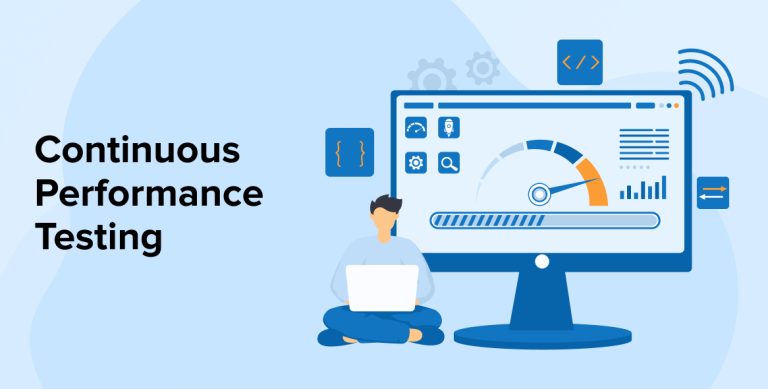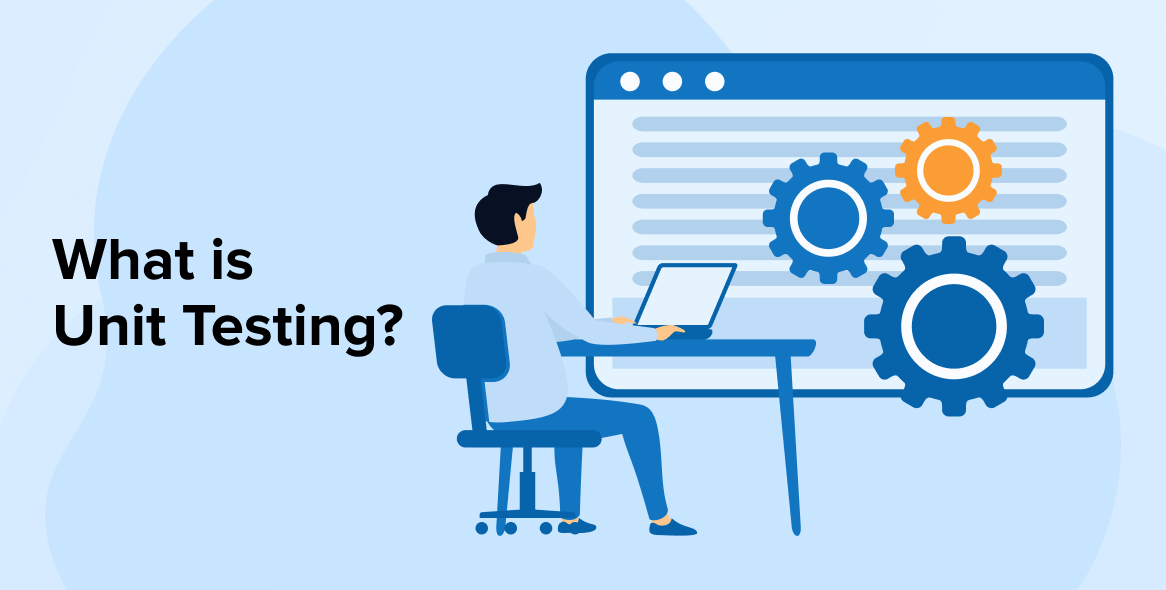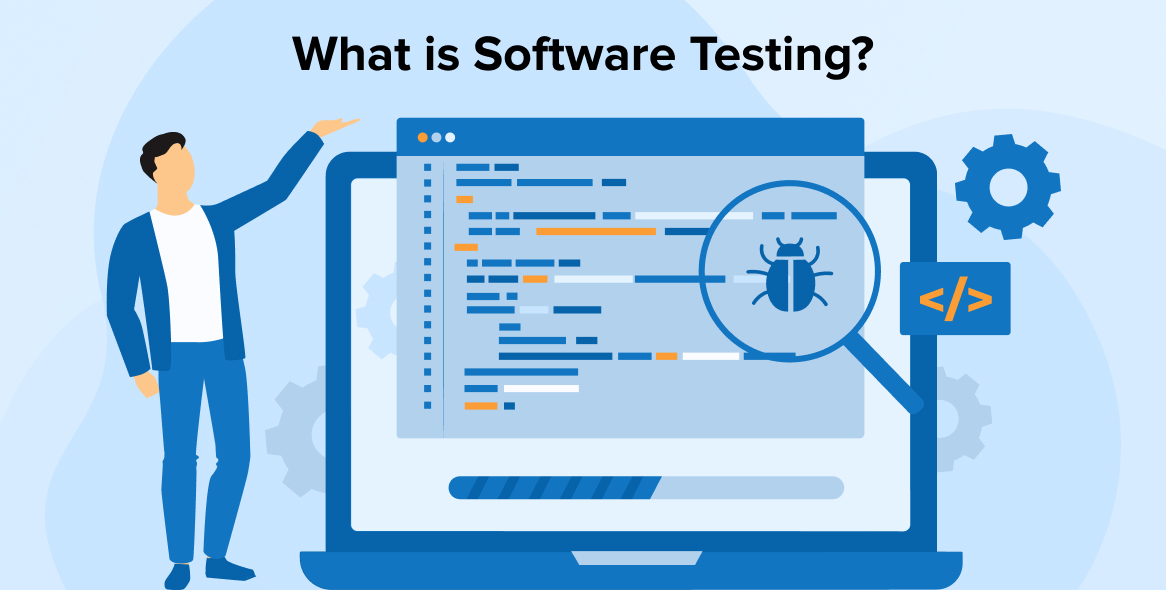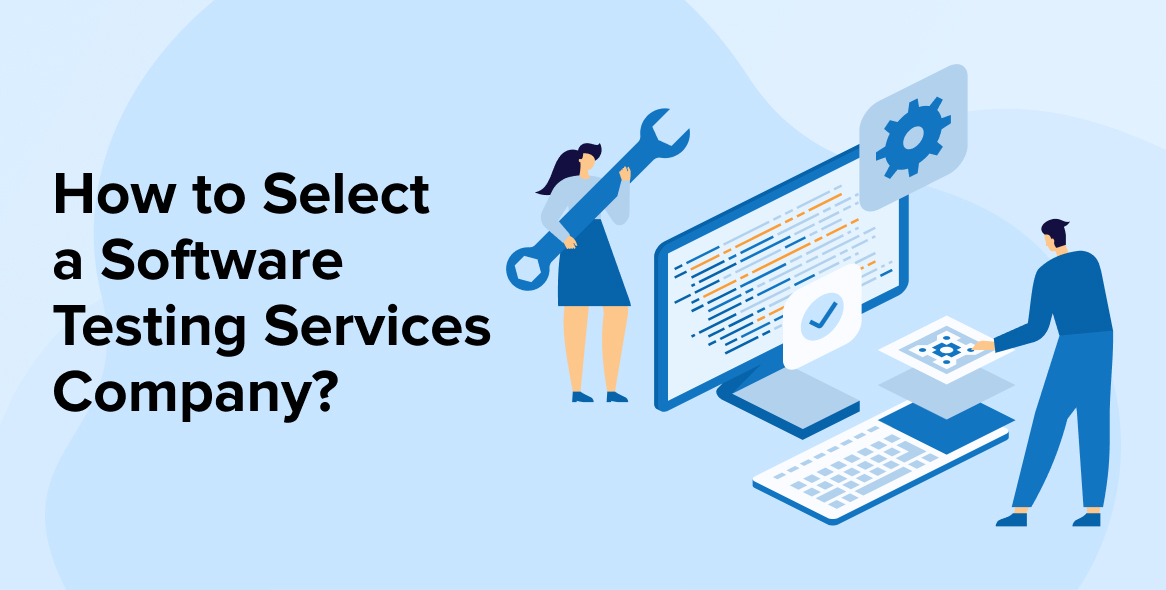
Every software testing company includes continuous performance testing in the process which monitors the application continuously as demand increases, unlike traditional performance testing. Businesses with a large user base can benefit from continuous performance testing in several ways, including better customer experience, quickly identifying and resolving issues, and preventing significant failures.
The article details continuous performance testing, changing how we test, and making software more resilient to real-world challenges.
1. What Is Continuous Performance Testing?
Continuous performance testing involves continuously observing an application’s performance while subjecting it to an increased load. Manual performance testing can be costly and time-consuming, so developers usually conduct it on every code commit.
Large software releases frequently include performance testing. However, very few teams use it as part of their DevOps process and integrate it into their CI/CD pipeline. Nevertheless, continuous performance testing is highly recommended while the project is being developed. Automated execution and scaling require a new set of tools.
To ensure that your performance testing suite covers all possible circumstances, it is important to run tests regularly. This involves adding new test cases and updating existing ones when the application undergoes updates.
2. What are the Benefits of Continuous Performance Testing?
To make sure the application consistently meets performance requirements, DevOps-driven business models rely on continuous performance testing. Constant performance testing has several benefits, including the following:
Problems with Performance can be Identified Early: To identify performance issues early in the development cycle and prevent more major difficulties, regular performance testing is recommended.
Concise Feedback System: Integrating continuous performance testing into the development process allows developers to quickly identify and resolve any new issues. This allows for rapid insights into the application’s performance.
Increased User Satisfaction: Making sure the app runs smoothly, even when it’s busy, is a significant advantage for the user. Users are subsequently more satisfied and actively involved as a result.
Time and Cost-effective: Continuous performance testing is cost and time-effective since it helps to detect performance problems early in the development cycle. Resolving performance issues during production is far more costly than addressing them during development.
Enhanced Software Quality: Continuous performance testing thoroughly examines the performance of an application. Overall, this process helps make the application better and more dependable.
Supports Agile Development: Agile development relies heavily on continuous performance testing. It enables developers to quickly address any performance issues as they emerge and guarantees that the program fulfills performance requirements with each iteration.
3. How to Start Continuous Performance Testing
Starting the CPT process could be challenging, but if you follow the correct procedures, it will become an easy aspect of your growth journey. Let’s understand below the steps in beginning your CPT journey:
3.1 Decide The Best Time To Start Performance Testing
Testing teams must determine the stage of development at which they will obtain the most valuable result from conducting performance tests. This decision should take into account the performance of both pre-existing systems and those developed from scratch. In this phase, testers must decide whether they need to start performance testing early along with development like in the agile performance testing methodology, or later stages like in the waterfall methodology.
Performance testing is an integral part of the agile methodology, which means it is initiated early on in the development process and maintained throughout the application’s lifecycle. All of the performance testing, including acceptance testing and making sure the system works as expected, is left until the very end of development under the waterfall approach. A tester can never be certain about what might be needed and when because, at certain points in the software development life cycle, they require both methods. Early performance testing and load simulation are essential at the beginning for successful acceptance testing.
In addition, it is important to note that Shift-Left Testing techniques are crucial for early quality analysis and the development of higher-quality software. On the other hand, Shift-Right Testing offers additional significant benefits to improve testing approaches.
Experts commonly suggest shift-left and shift-right testing as potential approaches for various types of continuous testing, such as task performance, accessibility, security, functional, and DevOps testing.
3.2 Create A Performance Test Plan
You must first develop a strategy for conducting performance tests to learn how well your system handles different kinds of stress and pressure. It’s all about creating a plan to learn how your system handles different situations with minimal test runs.
Your Performance Test Strategy’s Crucial Stages:
- Decide Your End-goal
Practically decide your goal so that you can be ready for any situation. This will help you to be aware of how the system might respond under normal or abnormal load, after a lengthy period of operation, or when faced with sudden traffic increases.
- Start Small and Scale:
Start with a baseline test, and then gradually scale up the load while fixing any issues that arise.
- Take a Personal Approach
To explore different performance thresholds, modify the user numbers according to the test under consideration, whether it be stress, load, endurance, or peak.
- Iterate and Refine
To improve your strategy based on the data received, use iterative testing to build upon prior results.
- Assess and Modify
Observe the system’s scalability and recovery time after each test, and modify it as needed to make it more stable and efficient.
In addition to being systematic, your performance test strategy has to be flexible. Take small steps and gradually improve to enhance your system’s performance and learn from mistakes.
4. How to Integrate Continuous Performance Testing into CI/CD Pipeline?
Here are the steps you can follow to integrate continuous performance testing into the CI/CD pipeline:
Step 1: Define Your Performance Testing Goals
Clearly define your goals for the performance test. Select the measurements you will use, the situations in which you will test them, and the performance levels you aim to achieve.
Step 2: Set up Organizational Responsibility
To overcome these issues, the second stage in integrating continuous performance testing into a CI/CD pipeline is establishing organizational responsibility.
A simple formula for understanding accountability is as follows:
- Accountability = Awareness + Visibility
Teams should engage in early discussions regarding performance factors to raise awareness. With more transparency, teams would be more likely to integrate performance metrics and performance criteria in the definition of done.
Step 3: Configure a Performance Testing Environment
Set up a test environment that is identical to your production environment. Identify the specific requirements of this testing environment by defining which performance factors to assess, such as adaptability, response time, and performance.
Step 4: Establish Performance Goals
The performance needs of your application should inform your performance threshold settings. You can determine these levels using response times, throughput, or any other performance indicator.
Step 5: Carefully Evaluate the Results
To identify performance-related problems or barriers, carefully examine the results of each performance test. Then, utilize the gathered performance data to improve the overall performance of your application.
Carefully following these procedures will allow you to include continuous performance testing into your CI/CD pipeline, improving the overall efficiency and dependability of your development process.
5. Challenges of Continuous Performance Testing
The path to CPT is long and winding. It can be quite difficult to manage and prioritize tests when there are an excessive number of them. Let’s have a look at a few challenges with implementing CPT:
5.1 Challenges in the Testing Environment
Applications that rely on complex infrastructures, such as microservices or cloud-based services, make it difficult when it comes to creating an accurate test environment. Compounding the problem is the fact that user stories do not provide specific performance-related requirements.
5.2 Expenses
It is expensive to carry out continuous performance testing. There are two basic types of expenses involved: establishing a production-ready infrastructure and a staff of technical experts to design, automate, and manage test cases. The funds allocated for a project are used up by these expenses. Companies can find themselves in a difficult situation if they fail to consider these costs or have no idea how to estimate them when they begin CPT implementation.
5.3 Regular Updates
Another factor that complicates CPT is the constantly evolving software landscape. Tests must be adaptable to changes in response to new features and updates. A strong strategy that can handle frequent changes without affecting the testing process’s integrity is necessary for this continuous iteration.
5.4 Test Data Management
It can be particularly difficult for applications that process large amounts of data to ensure that the test data is representative of real-world events. In the absence of performance engineering knowledge, DevOps teams face the complex issue of test data management. Companies that use third-party teams to handle their test data should pay extra attention to this aspect.
5.5 Test Script Maintenance
For realistic load generation and precise simulation of user behavior, maintaining a test script is crucial. Automated testing, with the help of cloud-based performance testing solutions that include reporting and administration features, has to be set up and run regularly to provide thorough performance data.
5.6 Easy Integration of Tools
It can be especially difficult for businesses with complex processes or outdated systems to integrate performance testing tools into development without causing any disruptions. Development teams need to take greater responsibility for performance testing, and there are currently no specific Application Performance Monitoring (APM) tools in the market, which is a major barrier.
6. Best Practices for Continuous Performance Testing
In the dynamic world of continuous integration and continuous delivery (CI/CD), implementing strong continuous performance testing procedures is critical for software quality maintenance. The following are examples of tried-and-true best practices that are essential in improving efficiency:
6.1 Formulate a Goal
The initial stage in implementing continuous performance testing, just like any new business process, is to develop a strategy that ensures your testing priorities and practices align with your business goals. Focusing on a small number of critical areas and expanding your testing efforts from there yields the best results. Before you start building test cases, make sure you have reviewed and established baselines for your performance Service Level Agreements (SLAs) and other important Customer Experience (CX) metrics.
6.2 Focus on Automated Performance Testing
The QA team can monitor the software’s performance while automating performance testing. The QA team can be certain that the software’s performance will improve through automated testing since they receive test results instantly.
6.3 Making Use of Dynamic Testing in Dynamic Settings
Earlier, it was possible to test several computing scenarios using just one test script. However, testing also needs to be dynamic in today’s fast-changing environment. Because of this, the infrastructure as code method is gaining traction; in this model, software stands in for all computing assets, apps, and virtual hardware. They can be programmed to meet the needs that are now demanding. That is why the company’s IT department writes the scripts; the scripts then generate and set up the necessary virtual environments to conduct the tests.
6.4 Use Resiliency Testing
Using chaos engineering to make a system more resilient so it can handle random events.
6.5 Consider Version Control for Performance Scripts
To enhance collaborative problem-solving and simplify change management, test scripts should be aligned with application codebase versions.
6.6 Switch to a Test-driven Strategy
Making test scripts and developing product features at the same time simplifies project development and testing. If product features and test scripts are created at the same time, any modifications made to the program won’t require the creation of new test scripts.
6.7 User-Friendly Reporting
Making performance statistic reports that are easy to understand and use for making decisions quickly.
6.8 Increased Use of APM Tools
In many modern testing procedures, APM tools are vital. To keep track of shift-right performance, such tools must be utilized more frequently.
6.9 Cross-Environment Analysis
Improving the user experience by testing how well different platforms function in different environments and on different devices and networks.
6.10 Review and Revise
You should consistently update your test cases to produce more accurate and insightful results as you collect data and improve the system. Similarly, live monitoring is crucial because you need to see the real-time customer experience (CX) environment, not just the pre-release testing.
7. Conclusion
Treating your performance tests as an afterthought can compromise your DevOps success and slow down your release cycle. So, if you wish to beat your competition and remain ahead of performance challenges, continuous performance testing is the way to go.
If you’re looking to include continuous performance tests in your projects, we hope this guide will help you get started. You can make a significant difference in the software business if you stick to the best practices.






Comments
Leave a message...